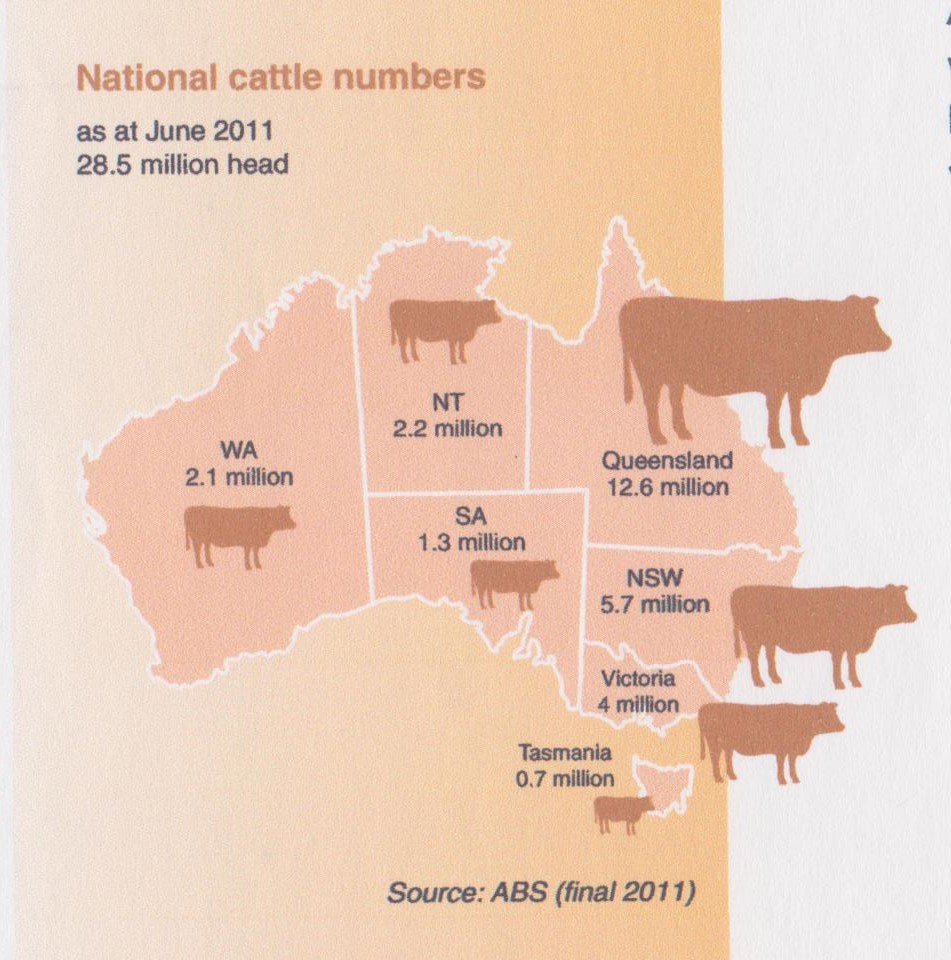The Art of Raising Constance Cattle: Specialist Guidance on Nutrition, Real Estate, and Welfare
The Art of Raising Constance Cattle: Specialist Guidance on Nutrition, Real Estate, and Welfare
Blog Article
Master the Art of Cooking With Grass Fed Meat
In the world of cooking experience, grasping the art of food preparation with grass-fed meat holds a distinguished placement. From the tender appearance to the robust flavor account, grass-fed meat offers a canvas for cooking creativity.
Benefits of Grass-Fed Meat

When picking grass-fed meat, customers can take advantage of its higher degrees of omega-3 fats and anti-oxidants contrasted to traditionally elevated meat. Constance Cattle. Omega-3 fats are essential nutrients that support brain health, decrease inflammation, and promote heart health and wellness. Grass-fed meat is understood to have up to five times a lot more omega-3 fats than grain-fed meat, making it a much healthier option for those aiming to increase their intake of these useful fats
Along with omega-3 fats, grass-fed meat is additionally richer in anti-oxidants such as vitamins E and C, along with beta-carotene. Anti-oxidants play an important function in safeguarding cells from damage brought on by totally free radicals, which can contribute to numerous chronic diseases and speed up aging. By choosing grass-fed meat, customers can not just enjoy a more nutrient-dense and flavorful protein source yet also sustain their general health and health.
Incorporating grass-fed meat into your diet regimen can be an easy yet efficient way to improve your dietary consumption and profit of omega-3 fatty acids and anti-oxidants that are normally abundant in this sort of meat.
Finest Food Preparation Approaches
Utilizing ideal cooking techniques is important to maintain the nutrient profile and boost the taste of grass-fed meat. When cooking grass-fed meat, it is important to remember that it is leaner than conventionally increased meat, making it much more prone to drying out if overcooked. To ensure a juicy and delicious end result, consider cooking grass-fed meat at a little lower temperatures than you would certainly with grain-fed meat.
Grilling is a popular approach for food preparation grass-fed meat as it enables excess fat to leak away, stopping flare-ups that can trigger charring. One more excellent food preparation technique for grass-fed meat is pan-searing.
Sluggish food preparation techniques such as braising or stewing are also outstanding options for tougher cuts of grass-fed meat, as they help damage down the muscle fibers and tenderize the meat. Whichever food preparation technique you choose, remember to allow grass-fed meat rest after preparing to allow the juices to rearrange, guaranteeing a moist and tender final meal.
Taste Pairings and Seasonings
To improve the natural tastes of grass-fed meat, calculated flavor pairings and spices play an important role in boosting the general eating experience. Grass-fed meat has an abundant, unique preference that can be matched and boosted by thoroughly selected ingredients. When it concerns flavor pairings, herbs like oregano, rosemary, and thyme job exceptionally well with grass-fed beef, lamb, or bison. These natural herbs include depth and earthiness to the meat, boosting its natural flavors without overpowering them.
In addition to herbs, seasonings such as black pepper, garlic, and smoked paprika can further elevate the taste profile of grass-fed meat meals. These seasonings provide a balance of warmth, sweet taste, and smokiness that can boost the total eating experience. When flavoring grass-fed meat, it is vital to make use of high-quality salt, like sea salt or Himalayan salt, to draw out the meat's tastes without adding unneeded chemicals or ingredients.
Storage Space and Dealing With Tips
Appropriate storage and handling methods are necessary for maintaining the high quality and freshness of grass-fed meat. When saving grass-fed meat, it is crucial to keep it refrigerated at temperature levels listed below 40 ° F(4 ° C) to avoid bacterial growth and spoilage. To extend the meat's shelf life, take into consideration covering it securely in parchment paper or butcher paper prior to putting it in an impermeable container or sealed plastic bag - Constance Cattle. Stay clear of keeping grass-fed meat near strong-smelling foods as it can take these details in smells conveniently.
When dealing with grass-fed meat, it is very important to practice good hygiene to stop cross-contamination. Laundry your hands completely prior to and after dealing with the meat, and make sure that all utensils and surface areas that enter call with the meat are cleaned and sanitized correctly. Additionally, utilize separate cutting boards for meat and vegetables to stay clear of bacterial transfer.

Top Grass-Fed Meat Recipes
When considering the most effective means to relish the high quality and quality of grass-fed meat, exploring excellent dishes can elevate your culinary experience. Grass-fed meat's abundant flavor and leaner account offer themselves well to a range of recipes that highlight the all-natural goodness of the meat. One top recipe to attempt is a timeless Grilled Grass-Fed Ribeye Steak skilled with basic active ingredients like salt, pepper, and a touch of garlic for a durable flavor. For a calming meal, a Slow Cooked Grass-Fed Beef Stew with origin veggies and aromatic herbs is a hearty option that brings out the meat's tenderness.
If you're in the state of mind for something lighter, a Grilled Grass-Fed Burger offered with fresh garnishes and a side of sweet potato french fries is a delicious option. Additionally, a Herb-Crusted Grass-Fed Crown roast roasted to perfection with an assortment of herbs and breadcrumbs is a show-stopping meal for unique celebrations. These leading grass-fed meat recipes showcase the adaptability and exceptional high quality of grass-fed meat, allowing you to enjoy its superior taste in different culinary productions.

Verdict
In verdict, understanding the art of cooking with grass-fed meat uses numerous benefits, including improved dietary value and exceptional flavor. By utilizing the finest food preparation methods, explore flavor pairings and flavorings, and complying with appropriate storage space and dealing with pointers, you can develop scrumptious and healthy dishes. Try some leading grass-fed meat dishes to elevate your cooking skills and appreciate the complete possibility of this high-grade active ingredient.
When cooking grass-fed meat, it is vital to bear in mind that it is leaner than conventionally elevated meat, making it more vulnerable to drying out if overcooked. To ensure a juicy and savory end result, take into consideration cooking grass-fed meat at a little lower temperature levels than you would with grain-fed meat.
When seasoning grass-fed meat, it is important to make use of top you can try these out notch salt, like sea salt or Himalayan salt, to bring out the meat's flavors without click reference adding unneeded chemicals or additives.
Grass-fed meat's abundant taste and leaner profile offer themselves well to a variety of meals that highlight the all-natural benefits of the meat. These top grass-fed meat dishes display the versatility and superior high quality of grass-fed meat, allowing you to appreciate its exceptional preference in numerous culinary developments.
Report this page